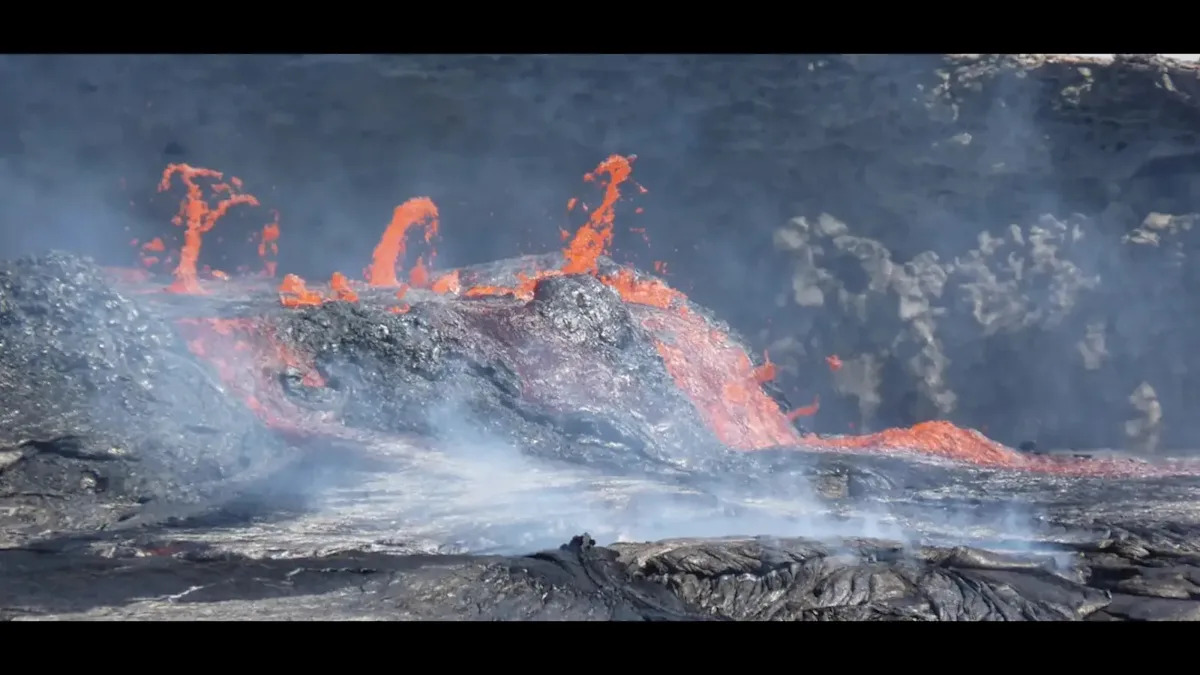A mantle plume located beneath Ethiopia is gradually creating conditions for a new ocean to form, suggesting a significant geological transformation for Africa, according to recent research. Led by Emma Watts from Swansea University in the UK, the study reveals that this plume of molten rock rhythmically surges upward, contributing to the continent’s gradual splitting.
The Afar region of Ethiopia, where three tectonic rift systems converge—the Red Sea Rift, the Gulf of Aden Rift, and the Main Ethiopian Rift—serves as the focal point of this geological activity. The researchers describe the mantle plume’s behavior as resembling a ‘beating heart.’ The study highlights that these pulsing movements of the plume are closely connected to the tectonic plates above, driving the slow rifting of the African landmass.
“We found that the mantle beneath Afar is not uniform or stationary — it pulses, and these pulses carry distinct chemical signatures,” Watts stated. “That’s important for how we think about the interaction between Earth’s interior and its surface.”
Geologists have long proposed the presence of a hot mantle plume beneath the region, but prior to this study, little was known about its dynamics. To gain insight, researchers collected over 100 volcanic rock samples from Afar and the Main Ethiopian Rift, and they utilized existing geophysical data along with advanced statistical models to analyze the structure and composition of the crust and the underlying mantle.
Their findings indicate the presence of a single, asymmetric plume characterized by repeating chemical patterns, referred to as “geological barcodes.” “The chemical striping suggests the plume is pulsing,” said study co-author Tom Gernon from the University of Southampton. “In places where the plates are thinner or pulling apart faster, like the Red Sea Rift, those pulses move more efficiently — like blood through a narrow artery.”
Derek Keir, another co-author from the University of Southampton, emphasized the relationship between the plume’s evolution and plate movements: “We found that the evolution of deep mantle upwellings is intimately tied to the motion of the plates above.”
These findings have significant implications for understanding volcanic activity, earthquakes, and the processes involved in continental breakup. The research was published on June 25 in the journal Nature Geoscience.












